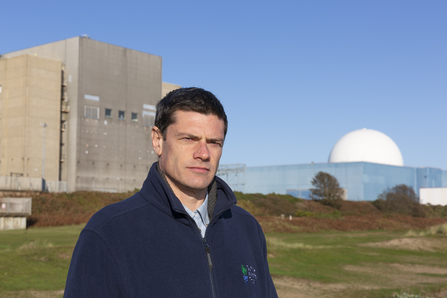Click here for further news and the September 2020 update
*Update, Weds 24 June 2020: We have heard today that the Planning Inspectorate has made the decision to accept EDF's Sizewell C Development Consent Order application for review. We do not believe that this development should go ahead as its negative impacts on wildlife are just too great. We will continue to do all we can to obtain the best result for Suffolk's wildlife throughout the process.
EDF has recently submitted its application for Sizewell C to the Planning Inspectorate and we will shortly be able to consider the application in full. There will be many thousands of pages to sift through and hence, while we will provide comments on the potential wildlife impacts on a wide range of issues that we are expecting, invariably we will need to focus our effort where the risk to wildlife is the greatest.

